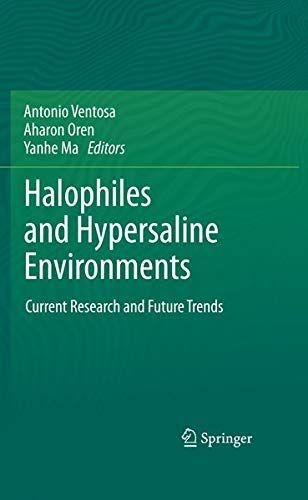
Halophiles and Hypersaline Environments Current Research and Future Trends
This book presents the latest results in the exploration of halophilic bacteria, archaea, fungi and viruses. Basic and molecular aspects as well as possible biotechnological applications of halophiles are highlighted by leading scientists. Topics include: the family Halomonadaceae; the hypersaline lakes of Inner Mongolia ; Salinibacter ruber - from genomics to microevolution and ecology; the impact of lipidomics on the microbial world of hypersaline environments; molecular mechanisms of adaptation to high salt concentration in the black yeast Hortaea werneckii; viruses in hypersaline environments; initiation and regulation of translation in halophilic Archaea; protein transport into and across haloarchaeal cytoplasmic membranes; protein glycosylation in Haloferax volcanii; the effect of anoxic conditions and temperature on gas vesicle formation in Halobacterium salinarum; halophiles exposed to multiple stressors; cellular adjustments of Bacillus subtilis to fluctuating salinities; the nature and function of carotenoids in Halobacillus halophilus; xanthorhodopsin; enzymatic biomass degradation by halophilic microorganisms; and enzymes from halophilic Archaea.